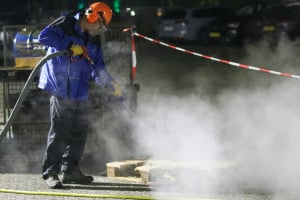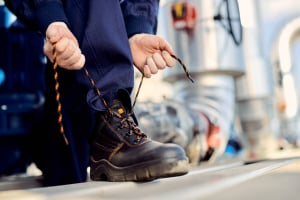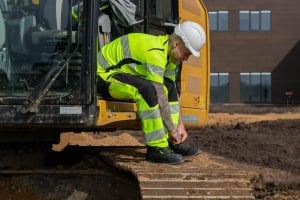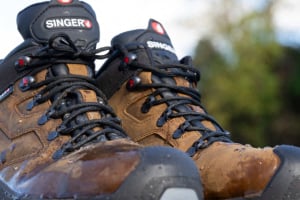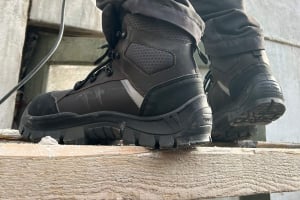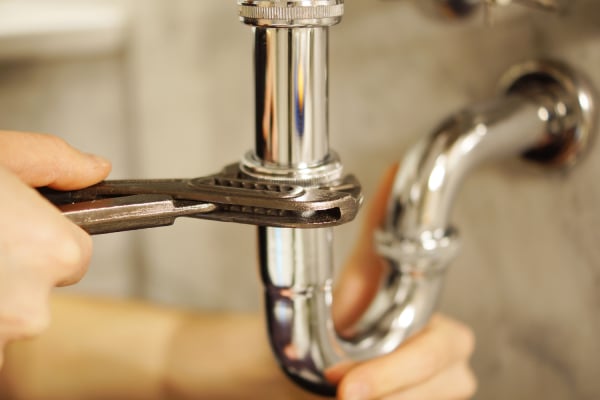
What PPE are for plumbers?
Professional clothing is used to protect yourself from stains and dirt, but not only that. They are used to protect against health and thermal risks. Several types of plumber clothing are available today: coveralls, jackets, pants, safety shoes and many other items of clothing make up the wardrobe of plumbers today. plumbers.
On the program
The risks of being a plumber
In carrying out their activities, plumbers must benefit from good protection against risks which can create health problems (cuts, burns, etc.). Note that it is an obligation for the employer to provide the necessary items to its employees.
personal protective equipment, or PPE, provides this protection so they can carry out their work with the best possible safety, but also for their client. The plumber profession is often considered one of the most dangerous professions. After all, plumbers work with sharp tools, toxic chemicals, and high-pressure hoses.
While it is true that the profession of plumber involves risks, these can be minimized with appropriate training and precautions. First and foremost, plumbers must be well versed in safety protocol. They must know how to properly handle their tools and how to de-energize high-voltage equipment before beginning any work.
Plumbers should ensure that they use protective clothing and protective glasses when working with Hazardous Material. By following these basic safety guidelines, plumbers can significantly reduce the risks associated with their work.
What personal protective equipment is recommended on a construction site?
Because the job of plumber is restrictive, we have selected the important themes for work attire for plumbing work. Although the PPE models may be slightly different depending on the brand, here is a list of essential PPE categories.
What are the types of PPE?
Gloves
Work gloves are the centerpiece of the plumber's PPE, they protect the hands which are the most important part of the body for workers, particularly against various risks (cuts, burns, abrasion and moisture resistance).
They meet the standard:
- Anti-cut and anti-injury gloves NF EN 388.
- Welding gloves NF EN 12 477.
- Waterproof gloves NF EN 374-1.
Safety shoes
safety shoes are essential to protect the feet from the risk of injury and falling loads heavy, they must comply with standard EN 345.
We recommend the S3 classification: The s3 standard on safety footwear is a specification that covers the minimum requirements for safety footwear. The standard includes testing for impact resistance, toe protection, slip resistance and water resistance. To meet the standard, shoes must pass all four tests.
- Energy absorption in the heel
- Oil resistant sole
- Anti-perforation sole
- Water-repellent upper
Head protection: safety helmets
Because an impact on the head can be crippling, to protect the heads of workers with a helmet, it protects against falls and falling objects. This must be in good condition and compliant with standard NF EN 397/A1, to certify maximum safety.
Ear protection
Since plumbing can become very noisy, to protect the ear canal from the sometimes high noise level, protection must be worn. The absence of this PPE could risk balance disorders, tinnitus, ear infections, deafness, earplugs and other problems. Several choices are available to you: noise-canceling headphones or earplug 'ear.
Protective glasses
Essential in case of flying debris or dust. Protective glasses help avoid fairly common risks on construction sites which can lead to irritation, allergies, conjunctivitis and burns. To protect your eyes as much as possible, you must choose glasses with characteristics specific to your working conditions such as: anti-UV or even anti-spark.
Protective pants
A real support for the worker, the pants allow you to put your tools in your pockets thanks to their quality of textile and their reinforcements at the knees allow better comfort in uncomfortable positions.
Protective tops
They protect against several risks: cuts, flames, cold, chemicals and electrical risks.
For this, they meet international standards EN 342 and EN 343 for protection against the cold. Then, all of these workwear are designed in light and breathable fabrics.
What PPE are required?
When working on construction sites, the entire body is vulnerable to risks. It is therefore imperative to use appropriate PPE that guarantees both safety and comfort, such as construction helmets, visors, work clothing and reinforced shoes.
Want to know more about mandatory PPE for plumbers and heating engineers? Discover our article on mandatory PPE for plumbers.

